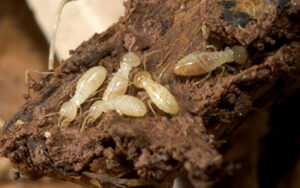 We often get calls from people who suspect they have termites but are not entirely sure, so we put together some helpful facts and photos that are intended to help you confirm. We understand that insects can be difficult to identify because of their nuances in appearance and size, and when that confusion causes you to misidentify a termite infestation, that can lead to big problems down the line.
We often get calls from people who suspect they have termites but are not entirely sure, so we put together some helpful facts and photos that are intended to help you confirm. We understand that insects can be difficult to identify because of their nuances in appearance and size, and when that confusion causes you to misidentify a termite infestation, that can lead to big problems down the line.
If you already know you have termites, we recommend tackling the issue before it has a chance to get worse. Learn more about our termite control services today.
Termite Development Stages
Termites begin their lives as termite eggs that a termite queen lays. It takes approximately two to four weeks for these eggs to hatch. When the eggs hatch, they are born as termite nymphs. Termite nymphs look almost the same as mature termites except they’re smaller. During the nymph stage, termites are unable to feed themselves and rely on worker termites for sustenance.
Termite nymphs will molt up to three times as they transition to become mature termites. Most nymphs will become worker termites, but they can grow to take on any role depending on the colony’s needs. They can become worker termites, soldier termites, or swarmer (reproductive) termites.
Need a Pest Control Estimate?
We’ll call you! Leave your information below.
Ready for your free pest control quote?
"*" indicates required fields
*During normal business hours. After hours inquiries will be returned the next business day.
What Termites Look Like in Different Stages
Some people say that termites look like moving rice. While this is debatable, it’s a humorous and easy-to-remember starting point. When you see a large mass of ‘moving rice’ in your yard or around your house, you should know there’s a strong possibility that you’re dealing with termites.
Termites have cylindrical-shaped bodies that are relatively equal in width from the head to the abdomen. Depending on their role in the colony, they will look slightly different:
- Worker termites are white or cream-colored (with a few possible variants) – this makes them easy to spot when you disturb a colony moving over some firewood pile or removing a dead tree in the yard.
- Soldier termites, a particular type of termite within a colony, have a golden-brown head and darker pinchers on their head than a worker termite. Soldiers though are small in number, in comparison to the workers, but visible especially when you might stumble upon a colony that is being attacked by some ants.
- Swarmer termites are reproductive termites from within the colony. When sent out from a colony to find a mate and start some new colonies, reproductives will be more of a pale brown, which often has them confused with flying carpenter ants. The big identifiable difference between the two is the size of their wings. Termite swarmers’ wings are equal in length, whereas carpenter ants have two sets of wings that are different lengths.
- Queen termites have a normal termite head but with a body that has a huge cocoon sack. In a mature queen, the sack pumps out thousands of termite eggs a day; it’s also so large that it renders the queen immobile. So the worker termites tend to the queen constantly.
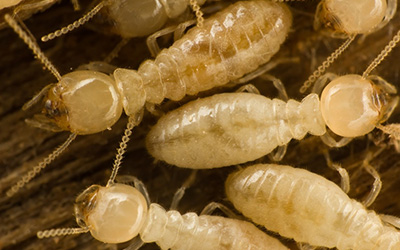

Facts About the Queen Termite
- Termite queens have a much longer lifespan than other termites, with some living up to 25 years.
- Some termite queens can produce pheromones that regulate the behavior and development of other termites in the colony.
- Termite queens are vulnerable to predators and environmental factors, so they are usually well-protected within the colony.
- If a queen dies or becomes unable to reproduce, the colony may produce a replacement queen from existing nymphs or develop a new queen through a process called neoteny.
- In certain termite species, there can be multiple queens within a single colony, each contributing to the reproductive output of the colony.
Where Can Termites Hide?
One of the hardest things about termite infestations is that they’re so good at hiding, that it can be difficult to know where to find them. Fortunately, there are some hiding spots that they tend to reuse again and again. Here are some of the places where you’re most likely to find termites on your property:
- Inside Walls: Most of the time when you have a termite infestation, you’ll find it inside the walls.
- Under the Floor: Subterranean termites, in particular, may construct their colonies underneath floors, especially in damp or humid areas like crawl spaces or basements.
- In the Attic: Attics provide a conducive environment for termites, with plenty of wood materials and often less disturbance. They may even hide in insulation.
- In Furniture: Yes, termites can infest wooden furniture, particularly if it’s made of untreated or moist wood. Sofas, chairs, and cabinets are common targets.
- In Tree Stumps and Dead Trees: If you have a tree stump or dead tree on your property, you may be harboring termites without realizing it, and it may be a matter of time before they migrate into your home.
- In Moisture-Prone Areas: Areas with lots of moisture, such as leaky pipes, dripping faucets, or poorly ventilated spaces, can attract termites.
Termite Mud Tubes
Are you familiar with termite mud tubes? Mud tubes can be a telltale sign that the infestation you’re dealing with is termites. They create these small mud tubes to move around. On the exterior of a building, you may see mud tubes protruding from the ground to a possible food source. These mud tubes protect termites from predators and drying out. Long after the termites are gone, the mud tubes can still linger around and even stain a home or business’s foundation block. This can tip you off that termites were at one time present.
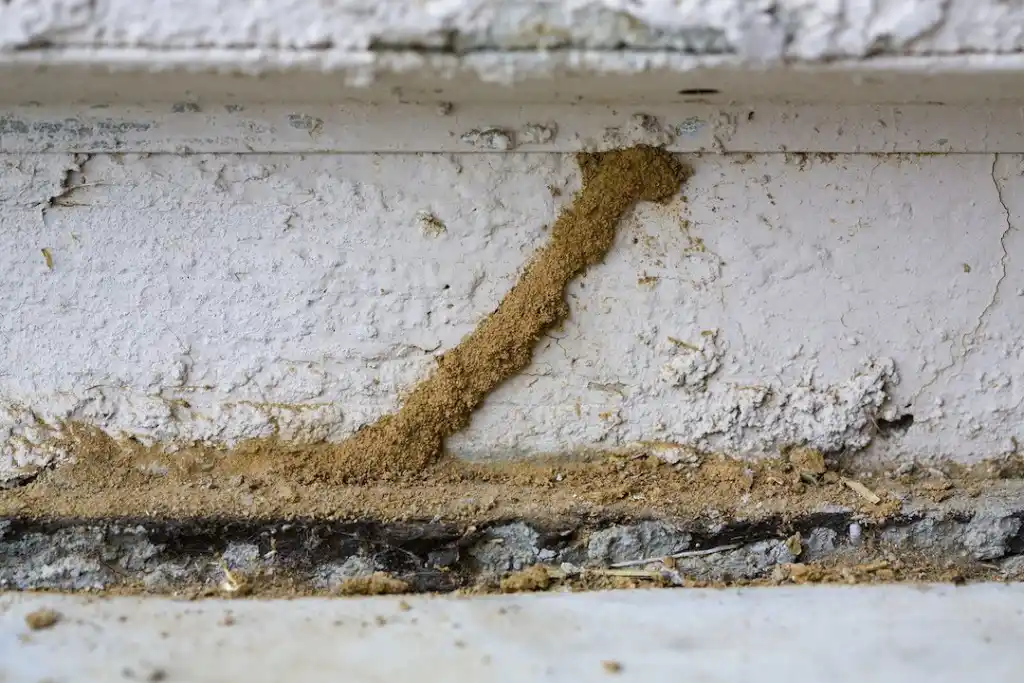
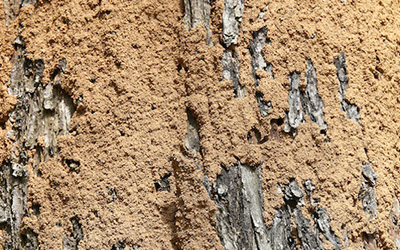
What Do Termite Bite Marks Look Like?
It can be tough to tell the difference between termite damage and damage from other types of wood-consuming insects. Termite bite damage usually appears as small holes or tunnels. They may be clustered or scattered. In long-term infestations, the interior of the wood may be fully hollowed. It may make a hollow sound when knocked or feel soft to the touch.
Subterranean Termites Eat Wood Along the Grain
Subterranean termites are one of the most common types of termites of termite in Tennessee and are known to eat along the wood grain. So if you see damage that’s with the grain, it’s a sign you’re likely dealing with termites. If damage is erratic or against the grain, the damage may have been caused by something else like water or excess moisture.
Formosan termites are not as common as subterranean termites, but they can still be found here, and they chew indiscriminately, so do not completely rule out termites if you find damage against the grain.
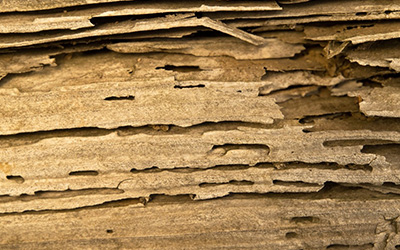
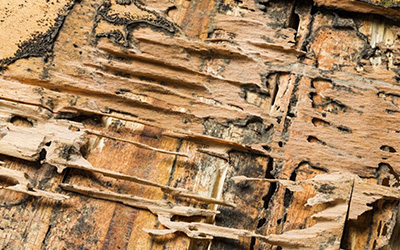
Need a Termite Inspection in Your Tennesee Home?
If you’re still not sure if you have termites and want some expert input, give us a call for a free home inspection.
We are proud to serve our neighbors in Knoxville, Sevierville, Maryville, and surrounding areas since 1984 with quality and care. Our goal is to help you to be termite-free in your home and protect your family investment with professionalism and quality.
"*" indicates required fields
*New residential customers only. Cannot be combined with any other offers or coupons.
Helpful Termite Facts and Photos in Sevierville TN
Serving Sevier County and surrounding areas since 1984
Sevierville | Loudon | Knoxville | Jefferson City | Morristown
Newport | Maryville | Pigeon Forge | Gatlinburg
Home » Termite Exterminators – Control » Helpful Termite Facts and Photos